Communication work has always had the need to demonstrate its usefulness to its clients. This has traditionally been done through the use of Earned Media Value (EMV).
However, there are increasing authoritative voices within the industry that either call for modifying its calculation or outright reject its use. In this article, we will see why.

Looking for a PR agency in Spain?
Send an email:
hola@apablo.com
Table of Contents
What is the Earned Media Value (EMV)?
The Earned Media Value (EMV) is the figure in currency that estimates the value of an organic appearance or unpaid coverage in a media outlet.
By “unpaid coverage,” we mean a non-advertising media appearance. By “media outlet,” we refer to any type of advertising medium, including social media and video platforms.
In general, the Earned Media Value figure is provided by media monitoring and clipping companies. It is essential that the value is provided by an organization different from the one executing the campaign; otherwise, it could be biased.
Calculating the EMV is a way to measure the performance of public relations actions and demonstrate that the return on investment (ROI) is positive.
Learn more about what earned media is and how to obtain.
How is the Earned Media Value calculated?
The Earned Media Value is calculated by comparing the scope of a coverage with the equivalent cost of that visibility in advertising terms. The method for this calculation varies depending on the channel where that appearance has been generated.
Keep reading and you will understand immediately, as I will provide some examples.
An interview on the radio is not the same as an article in digital press, a post on social media, a television report, a video on YouTube, or any other type of media coverage.

An article in print media is valued based on the space it occupies relative to the total page. If placing an advertisement of the same size costs 5,000 euros, the Earned Media Value (EMV) of that article is 5,000 euros.
In radio and television, it’s the same: if the appearance lasts for thirty seconds and hiring an advertisement of that duration costs 1,000 euros, the EMV of that coverage is 1,000 euros.
On social media, it works similarly: if a post receives 3,000 impressions, the Earned Media Value of that post is equal to the cost of buying 3,000 impressions on the same social media platform.
The same applies to YouTube. If reaching 50,000 people costs 2,000 euros, the EMV of an appearance that reaches 50,000 people will be 2,000 euros.
I made up the figures, just to be clear 😛
But I’m sure you got the idea. Remember that we are always talking about unpaid coverage.
Is EMV reliable?
The Earned Media Value is only reliable for certain organizations or types of coverage. The metric has been heavily criticized in recent years for not being a realistic estimation.

Many PR agencies still use EMV as a standard figure to assess the results of a campaign. However, there are many dissenting voices.
There is a great debate within the communication sector about how to value a specific media coverage.
There is no consensus on this matter.
Let’s look at the main arguments for and against EMV:
In favor 👍
- It is cost-effective.
- It is easy to calculate and understand.
- It allows performance analysis over time.
- It enables a direct comparison with competitors.
- It has been the traditional metric used.
Against 👎
- Reports do not reflect the real value.
- The figure does not take into account the tone of the coverage (e.g., if it is negative press).
- The contribution of public relations to an entity should not be valued in advertising terms.
- It does not accurately reflect the impact or importance of a specific media appearance.
Examples of real cases
Let’s consider a lifestyle website that features an extensive article about a sustainable fashion brand. The article appears on the front page and on social media, but the brand is only mentioned once, and its logo is not visible in the images.
Case 1
Despite the extensive article, the sustainable fashion brand sees no increase in website visits or sales whatsoever.
However, the PR agency justifies that the Earned Media Value (EMV) of that article is 7,000 euros. They do this because the website has a great reputation, even though the brand is only mentioned once.
The brand’s representatives believe that if they had invested those 7,000 euros in advertising in any other medium, they would likely have gained some traffic.
There is great concern because many organizations may think that PR agencies are lying. Those 7,000 euros are not real.
Case 2
By sheer chance, the article is published on the same day the lifestyle website carries a major exclusive story with significant impact.
The communication agency justifies the exact same amount: 7,000 euros of EMV.
However, as the website experiences high traffic that day, many people read the article, and there is a spectacular increase in website visits and sales for the brand.
Certainly, much more than what they could have achieved with 7,000 euros in any other media.
The reality in this case is that the Earned Media Value of that coverage is much higher. It does not correspond in terms of visibility with the results obtained.
We see, therefore, that the measurement is biased in both cases. The first case does not satisfy the client, and the second exceeds their expectations by far.
I hope with this example you understand why EMV is not reliable.
How to interpret the Earned Media Value?
The figures of Earned Media Value should be interpreted with caution and not taken literally.

A very high EMV indicates that the campaign has performed well in terms of media coverage, but the figure itself should not be considered as a monetary or economic parameter.
Each organization has its own interests: some are content with being featured in a particular media outlet, others aim to increase sales, and some may focus on obtaining backlinks.
That’s why the Earned Media Value is just one of many parameters that can influence a communication and public relations campaign.
What alternatives to EMV are there?
The methods for evaluating the work of communication and public relations are endless and depend on the client’s expectations.
If the client wants website traffic and doesn’t see any improvement, it will be difficult to convince them that an EMV of 200,000 euros is a good result.
Likewise, if they are seeking backlinks and don’t obtain any, declaring an EMV of 70,000 euros will be of little value.
This will always be the case because, despite explaining to clients repeatedly that the goal of public relations is not direct selling, many still approach it with a sales-oriented mindset.
That being said, there are many alternatives proposed in the industry:
- Establish measurement of results based on the client’s objectives.
- Classify channels into three groups, from lower to higher interest for the client, and according to the target audiences.
- Value the key message instead of the audience of the media.
- Analyze the brand’s presence in the coverage, such as if it is mentioned in the headline, if the article includes photos, etc.
- For web, use Domain Authority instead of its advertising equivalent.
- Use EMV as a base and multiply it by an index that can modify its value according to a series of specific circumstances.
Conclusion
In summary, the Earned Media Value is not a valid metric for analyzing the work of communication and public relations in economic terms.
It can be useful for analyzing a trend over time or for comparing an organization’s coverage with that of its competitors.
However, since each entity has different interests and objectives, in practice, it is not a standard that can be applied to all communication actions.
In reality, the best PR agency is not the one that records better EMV data but the one that manages to exceed the expectations of each of its clients according to their specific goals.
Pablo Gracia is an expert in communication and helps companies achieve their visibility and PR objectives. Request a quote at hola@apablo.com

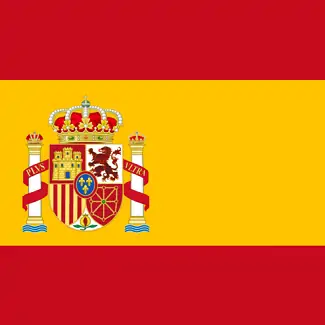



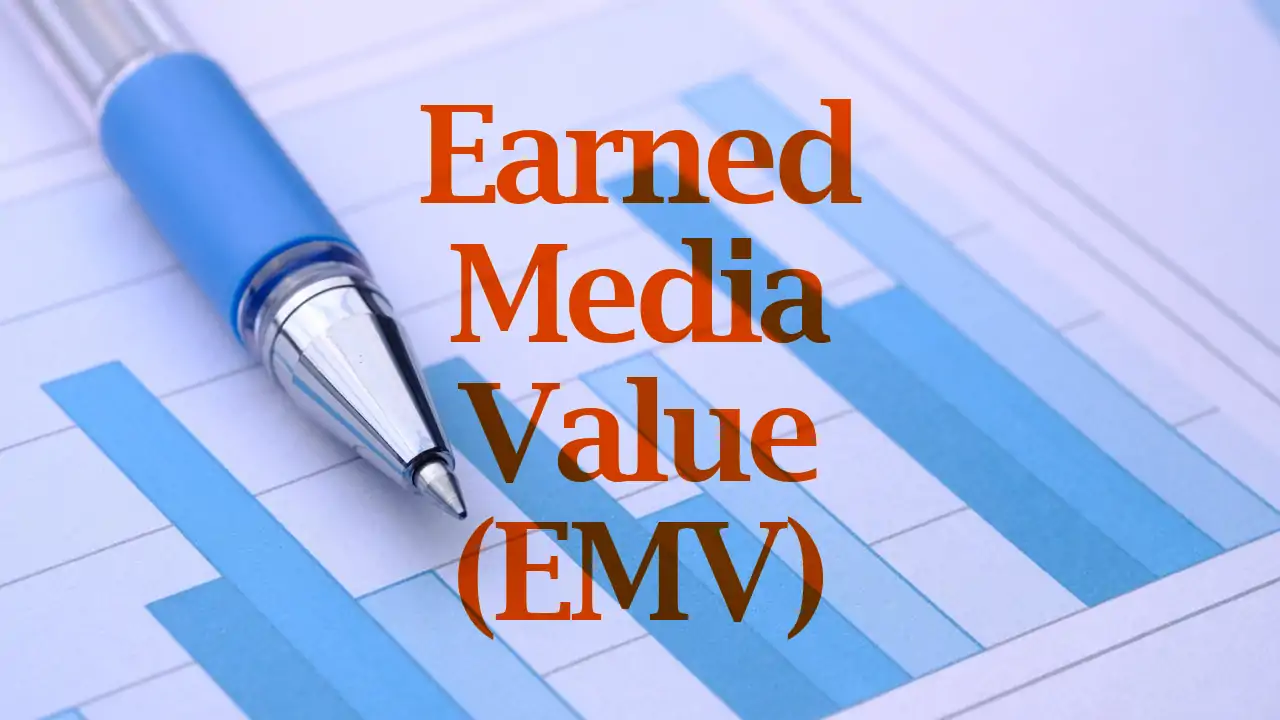
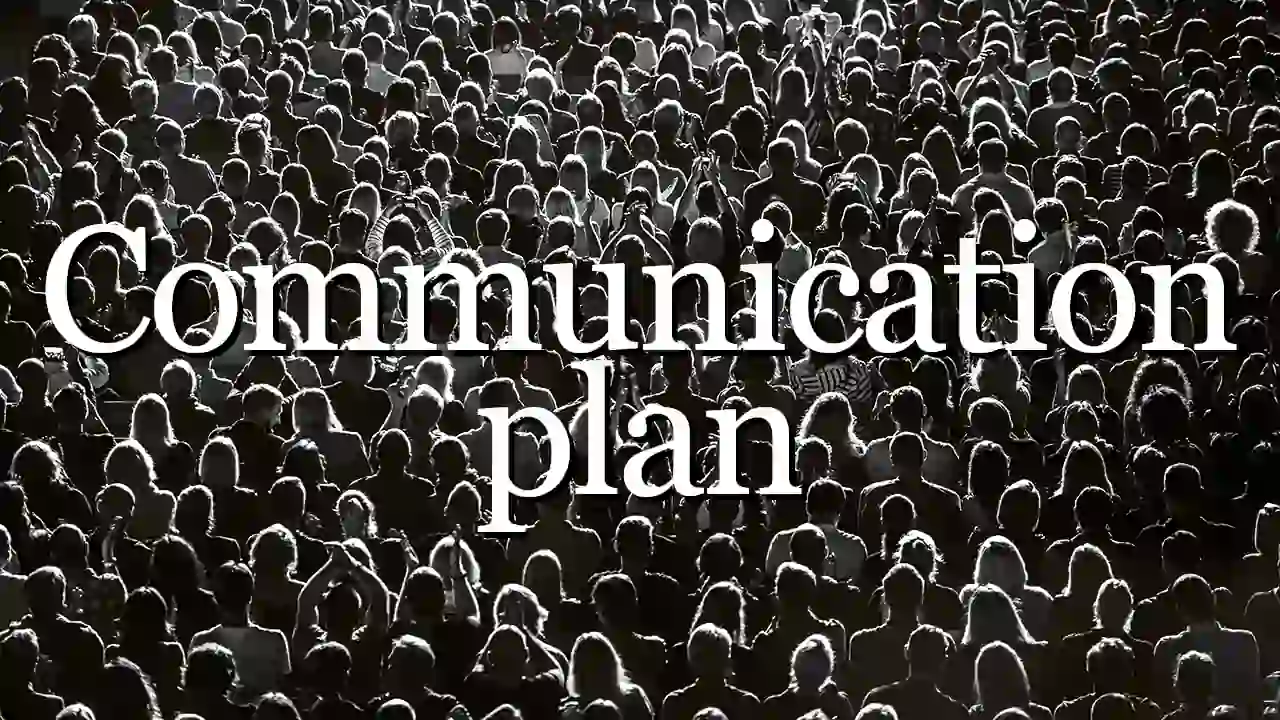
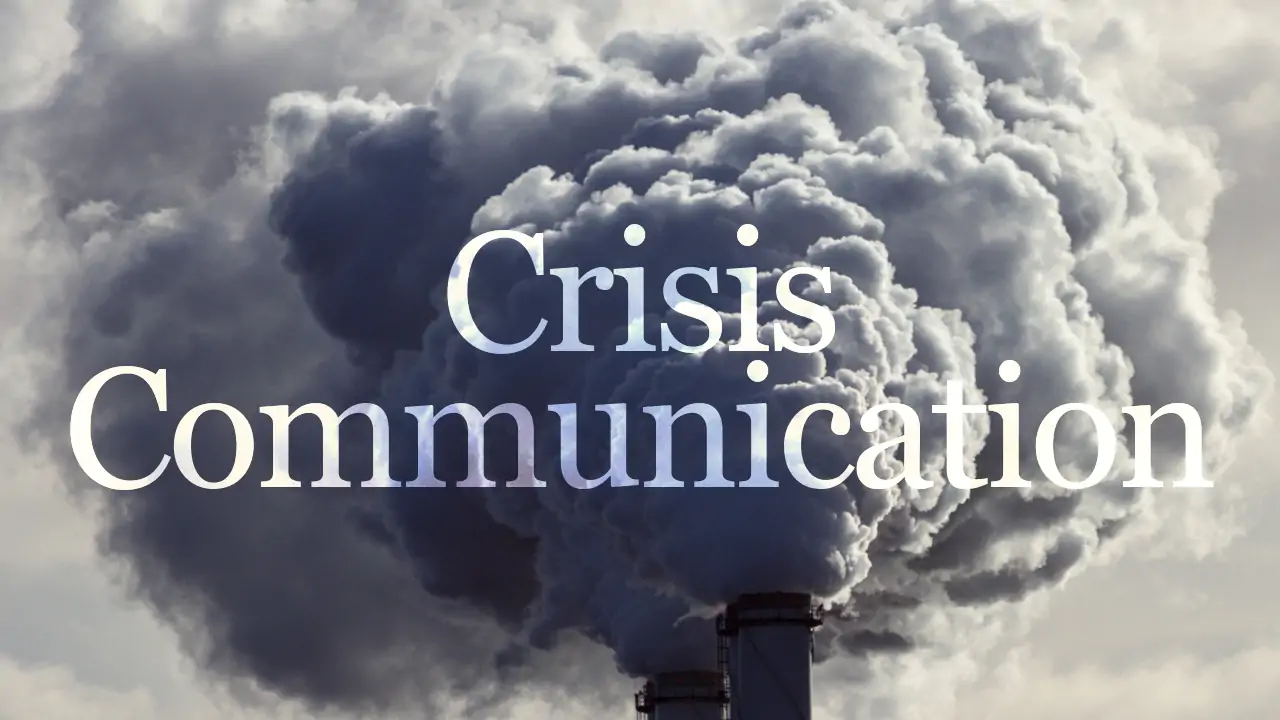

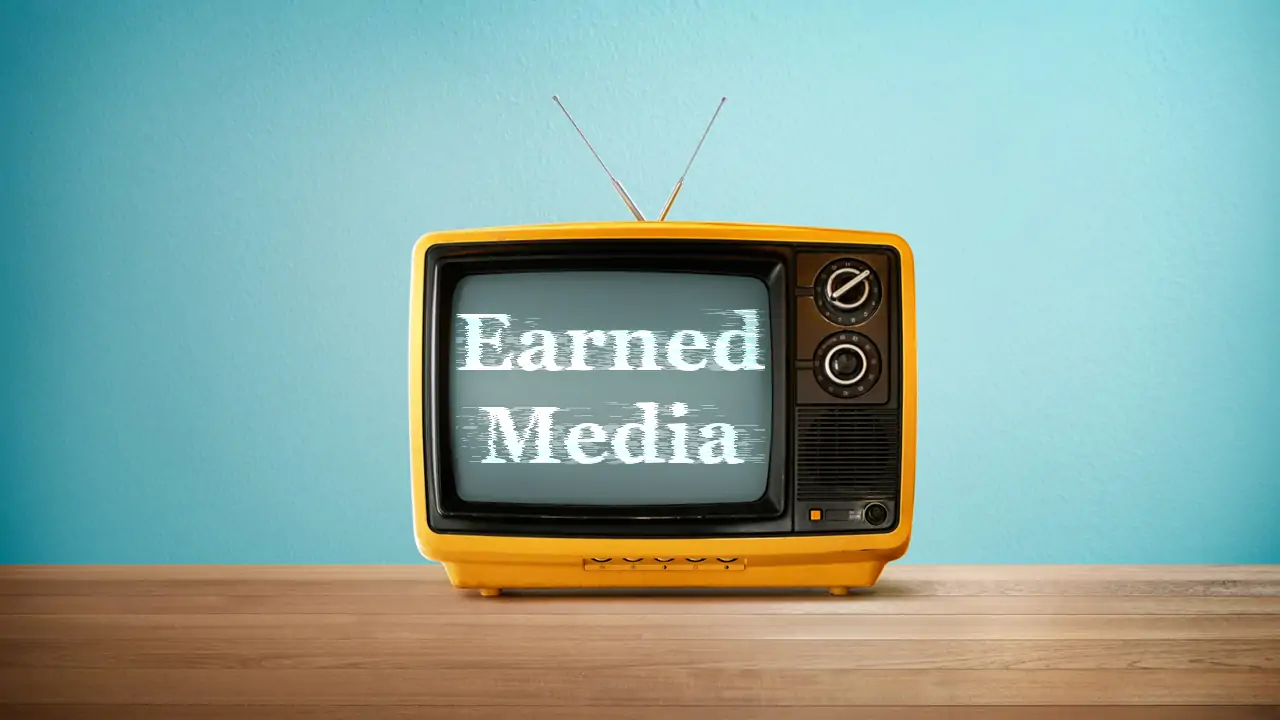


Leave a Reply Cancel reply